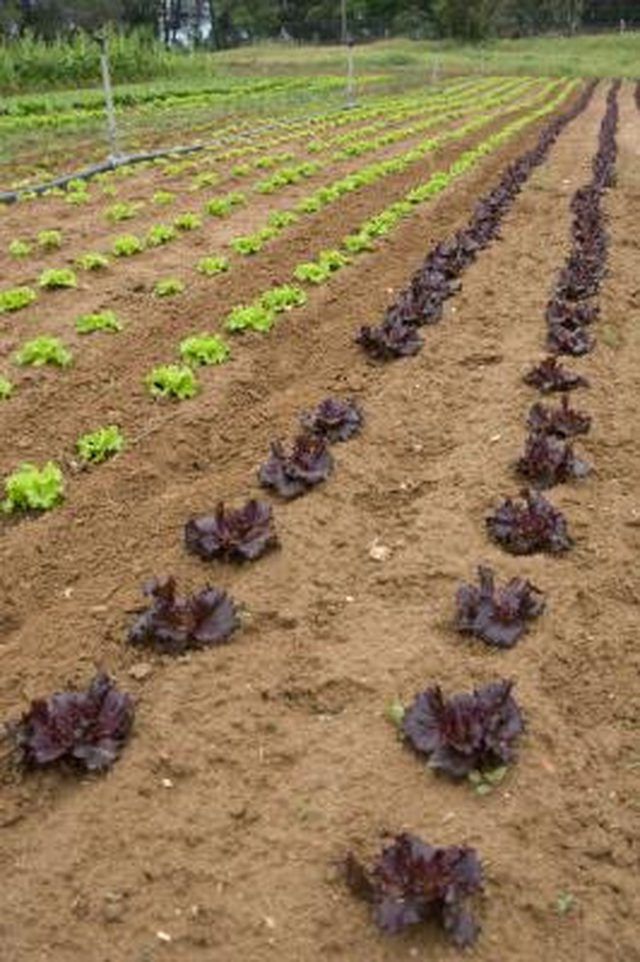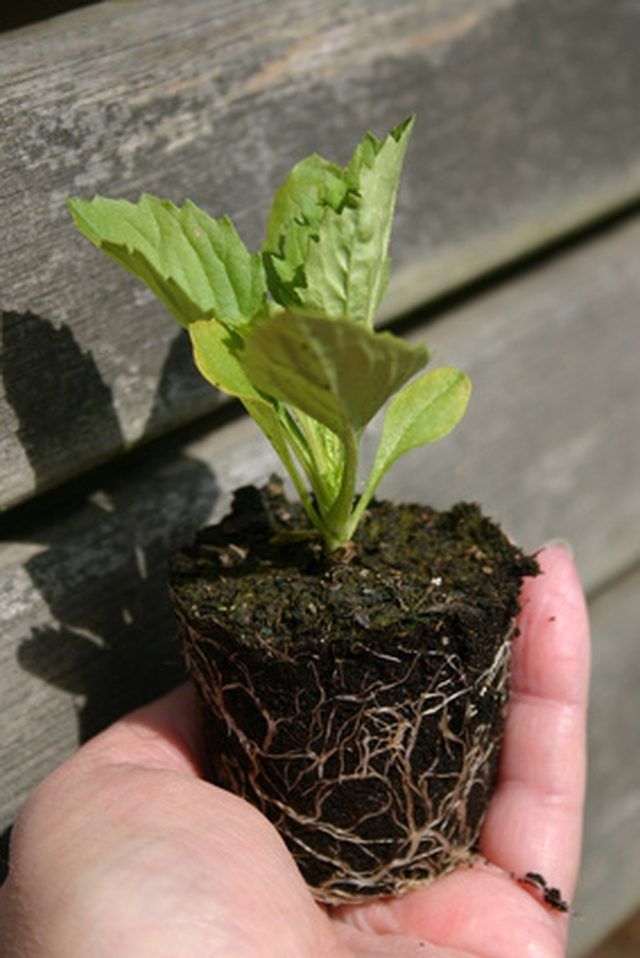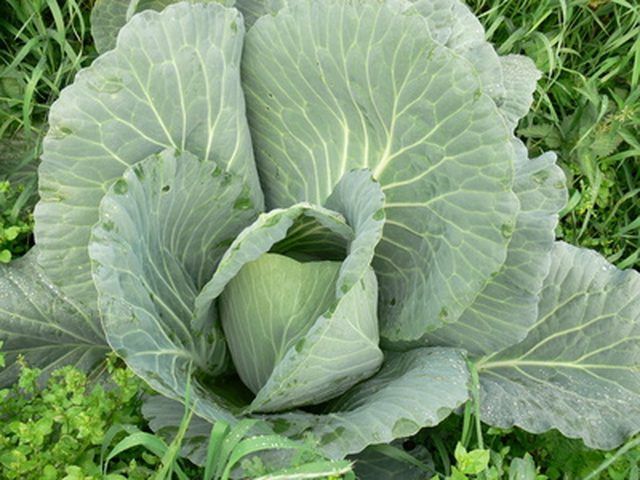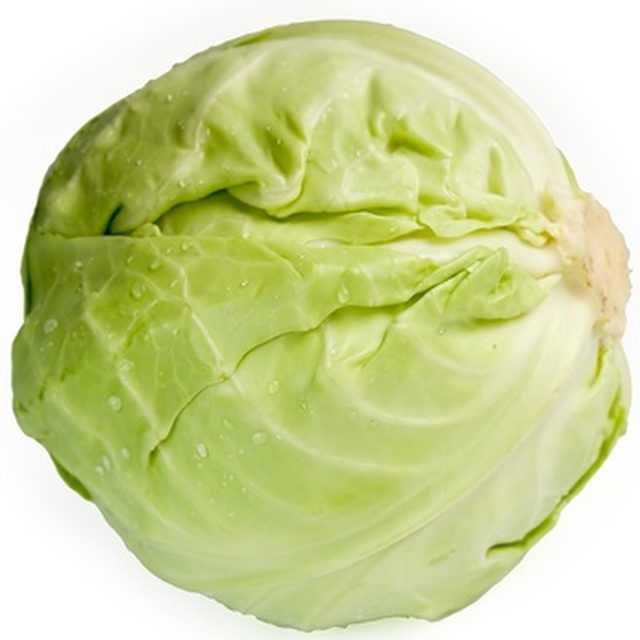Bulbs
Flower Basics
Flower Beds & Specialty Gardens
Flower Garden
Garden Furniture
Garden Gnomes
Garden Seeds
Garden Sheds
Garden Statues
Garden Tools & Supplies
Gardening Basics
Green & Organic
Groundcovers & Vines
Growing Annuals
Growing Basil
Growing Beans
Growing Berries
Growing Blueberries
Growing Cactus
Growing Corn
Growing Cotton
Growing Edibles
Growing Flowers
Growing Garlic
Growing Grapes
Growing Grass
Growing Herbs
Growing Jasmine
Growing Mint
Growing Mushrooms
Orchids
Growing Peanuts
Growing Perennials
Growing Plants
Growing Rosemary
Growing Roses
Growing Strawberries
Growing Sunflowers
Growing Thyme
Growing Tomatoes
Growing Tulips
Growing Vegetables
Herb Basics
Herb Garden
Indoor Growing
Landscaping Basics
Landscaping Patios
Landscaping Plants
Landscaping Shrubs
Landscaping Trees
Landscaping Walks & Pathways
Lawn Basics
Lawn Maintenance
Lawn Mowers
Lawn Ornaments
Lawn Planting
Lawn Tools
Outdoor Growing
Overall Landscape Planning
Pests, Weeds & Problems
Plant Basics
Rock Garden
Rose Garden
Shrubs
Soil
Specialty Gardens
Trees
Vegetable Garden
Yard Maintenance
Life Cycle of a Cabbage Plant
Life Cycle of a Cabbage Plant. Cabbage plants are a common garden and commercial vegetable that produces a bountiful crop. It can be directly seeded into cultivated rows or starter plants can be purchased from local garden centers.

Cabbage plants are a common garden and commercial vegetable that produces a bountiful crop. It can be directly seeded into cultivated rows or starter plants can be purchased from local garden centers.
Starting Plants
Cabbage grown from seed should be thinned to about 12 plants per foot, according to the University of Minnesota. If plants are started indoors, they should be hardened off or allowed to become accustomed to the outdoor environment through gradual sun exposure.

Growing Environment
Cabbage plants prefer summers with temperatures ranging from 70 to 85 degrees Fahrenheit, moist soil and full sun. Transplants benefit from a starter solution that is high in phosphorus, low in nitrogen; some formulas also contain an insecticide to help control cabbage maggot.

Harvest
Cabbage heads are ready to harvest in mid-to-late summer when the heads appear firm. Picking too soon will result in smaller heads, waiting too late may result in cracked heads that invite insects and disease. Harvested cabbage plants may produce a second crop of small heads or sprouts and then can be tilled back into the soil or added to compost if no disease is present.

Cabbage Uses
Cabbage will eventually end up chopped into coleslaw, shredded for sauerkraut or cooked in a soup.
